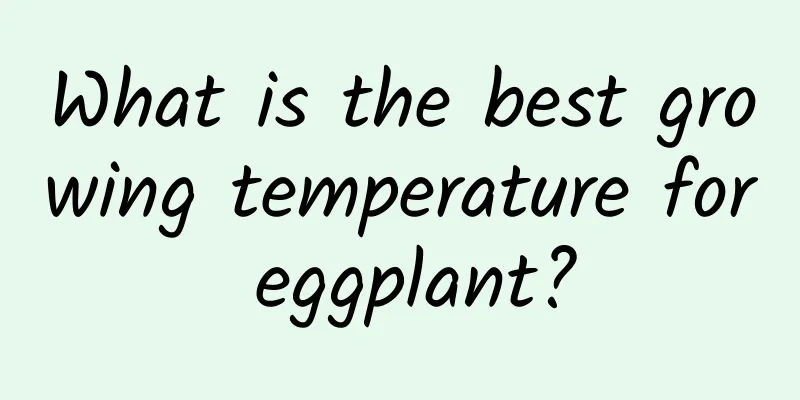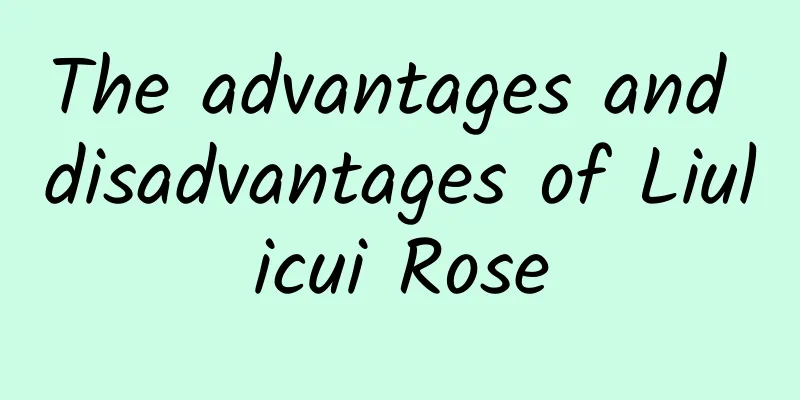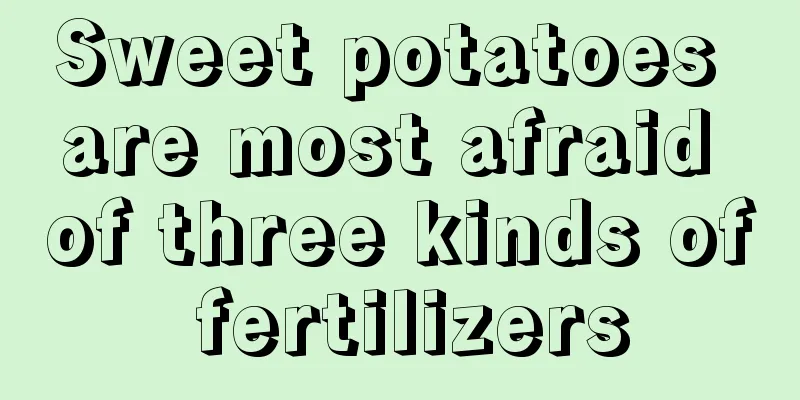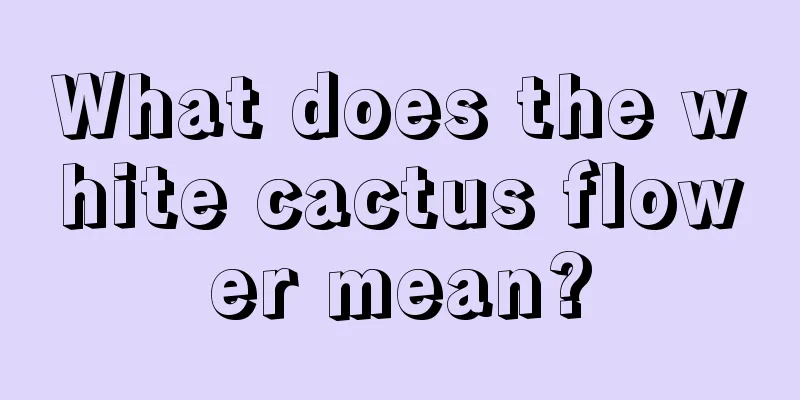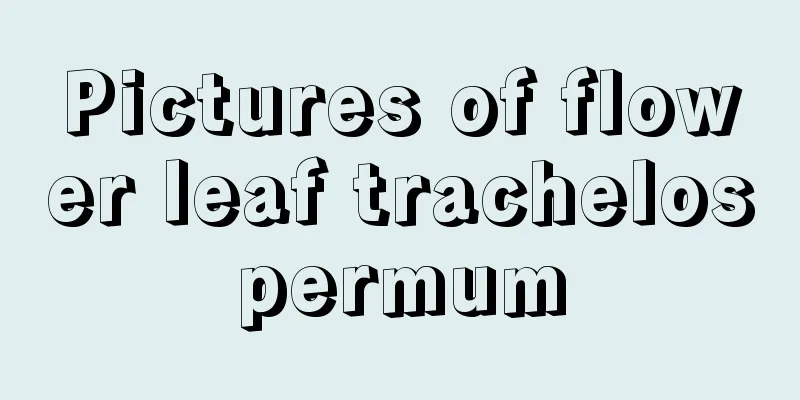What do tulips symbolize?

1. SymbolismTulip is the national flower of the Netherlands. It symbolizes victory, happiness and holiness. In some European and American novels and poems, tulips are called symbols of beauty and victory. They also represent elegance and beauty. 2. What kind of people are suitable for giving to?1. Give to lovers Purple, white and red are three colors that can be used as gifts for lovers. Red represents the confession of love, saying "I love you"; purple represents endless love, expressing loyalty to your lover; white tulips represent purity, representing pure love. 2. Send to friends You can give pink and yellow tulips to friends as gifts, as these two colors of tulips represent lasting friendship. |
>>: The meaning of Buddha's hand
Recommend
The difference between Mirabilis jalapa and tuberose
1. Different appearance Mirabilis jalapa: Its roo...
What fertilizer should be used for edamame? What fertilizer is good for edamame?
Effect of edamame fertilizer Before planting edam...
What kind of fertilizer is good for pumpkin base fertilizer (base fertilizer application method)
Pumpkin base fertilizer effect When planting pump...
Can mint prunings survive? How to propagate the cut branches and leaves?
Can mint cuttings be planted alive? Mint cuttings...
When is the best time to plant carrots?
The right time to sow carrots Carrots belong to t...
How to raise goslings to have a high survival rate?
Raising geese is a common and advantageous breedi...
These little things on the roadside are all great tools for growing flowers. Pick them up and take them home
Worm castings A good flower fertilizer comparable...
How to grow jasmine well
1. Watering Watering can be changed appropriately...
Jackfruit dwarfing planting technology and management How to dwarf the jackfruit tree
Jackfruit is a very popular fruit variety in rece...
The rarest exotic flowers and plants in the world, the first one scared me!
"Meow... Where did you come from? How dare y...
The efficacy and function of jasmine
The ornamental value of jasmine Forsythia usually...
It only took her 1,000 days to transform the shabby chicken coop into a garden wonderland, and everyone in the village was envious!
Chicken coop becomes garden Looking at the garden...
The correct method and precautions for watering the palm tree
Watering time of palm leaves The plant of Livisto...
Can cockscomb be grown indoors?
Can it be placed indoors? First of all, the edito...
The value of Deutzia
The ornamental value of Deutzia odorata The flowe...
